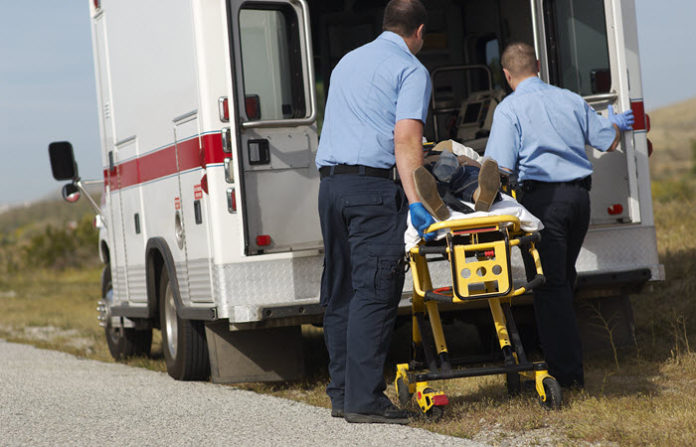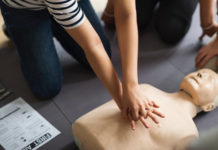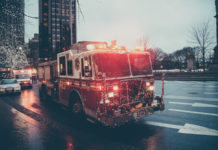With the country in an uproar right now and the number of people injured in BLM protests increasing even as nurses join in the advocacy, it’s important to review emergency treatment procedures.
Here are a few things that might save lives when dealing with penetrating chest wounds.
First Assessments
It is a constant in every emergency situation to first secure the safety of unharmed people. Surveying the scene is one of the first things that must be done. After which, approach and assess the victim.
The important thing to remember when dealing with a victim with penetrating chest wounds can be summed up in three letters: ABC.
The first thing to do is to check for A: Airway. Checking for any obstruction in the airway can save the victim’s life since sometimes the victim can choke on his or her own blood. Next would be to check for B: Breathing.
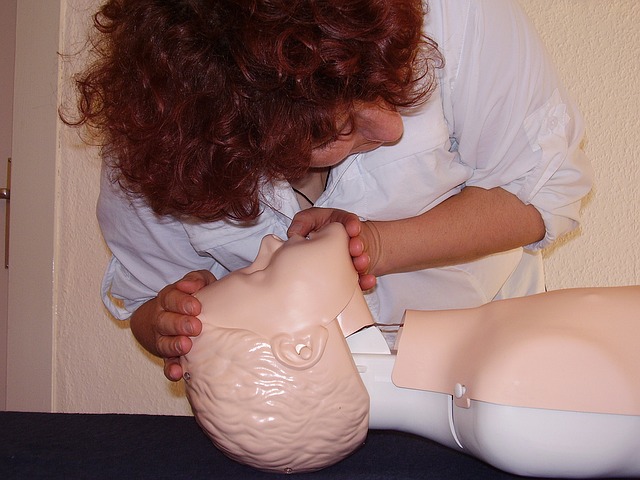
Finally, check C: Circulation. The victim may be bleeding both externally and internally.
Also Read: Emergency First Aid for Nurses: A Practical Guide
What to Do with Dire Findings
In many cases, there would just be seconds or minutes between life and death. The wound would leave a sucking effect which should be counteracted immediately to avoid fatal complications such as lung collapse and hemothorax.
Covering the wound and applying pressure on it would help prevent more air getting in and other unwanted objects being sucked into the system. In many cases, the wound would also include piercing of vital organs such as the lungs and the heart.
In cardiac tamponade, the cavity surrounding the heart could be filled with blood that would make it difficult for the heart to beat freely and deliver blood effectively throughout the body. Also as dangerous would be a hemothorax, wherein a lot of blood ends up in the cavity surrounding the lungs.
In such cases, immediate tube drainage of the blood and fluids from the cavities should be done. These usually can only be done in hospitals, so what one can really do in such emergencies as penetrating chest wounds is to apply firm yet gentle pressure on the area to prevent further damage.
How To Prevent Further Damage
When it comes to dealing with mortal injuries, it is just as important to prevent further damage as it is to get immediate medical attention. This step is not always clear cut and thus can be on a case to case basis.
In cases of penetrating chest wounds, a weapon or a projectile would most likely be involved. As such, the foreign object needs to be dealt with correctly.
It might seem counter-intuitive but in cases of sharp objects like knives or other things that could be hanging out of the victim’s chest, it would be better to leave them be. Better yet, stabilizing the foreign body — like tying a bandage to hold the knife or any foreign body in place — would be a better course of action.
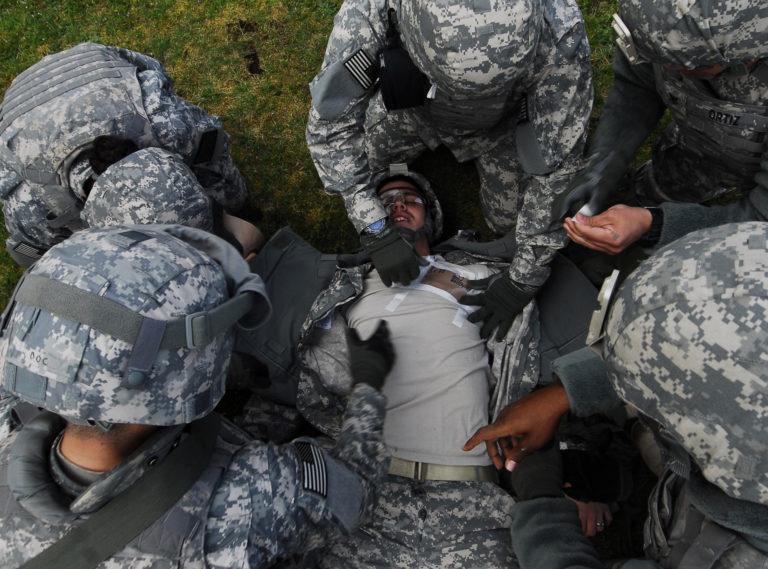
In cases of bullets and projectiles that are lodged deep inside the body, it would be best to NOT do anything rash like trying to get the bullet out without proper equipment and technique. Avoid poking or plugging the wound with other objects as this would only result in having the foreign body lodged further inside the body.
The victim should instead be placed in a position that would keep the foreign body from moving. Also, while waiting for more advanced medical treatment, IV fluids and other blood and fluid replacement should be initiated asap.
In these types of injuries, bleeding out and dying of hemorrhage could be very likely, so emergency treatment should revolve around preventing further blood loss and replacing lost body fluids.
Also Read: 35 IV Therapy Tips & Tricks for Nurses
Await for Help
Call for an ambulance. When dealing with a rather dangerous injury, it is best to not leave the victim’s side as his or her condition will most likely be unstable.
Calling for help should be done during or before doing the immediate first aid. Calling without delay means the emergency medical team can arrive at the earliest possible time to provide medical help and transport the victim to the nearest trauma center for further evaluation and medical and even surgical interventions.
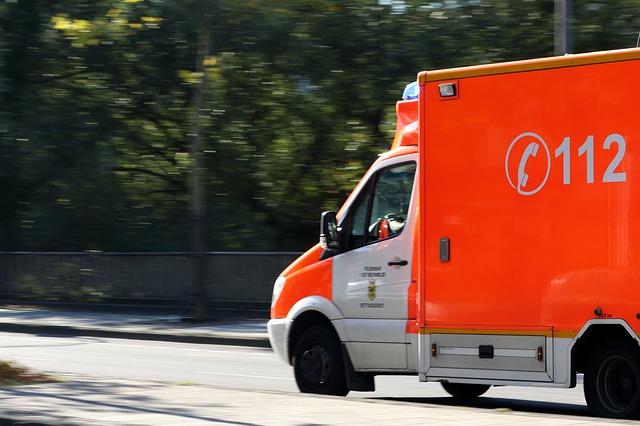
In order to really provide proper care for someone with serious chest injuries, a lot of diagnostic tests should be done. X-rays and CT scans are the usual procedures that are needed to assess the extent of the damage and are essential if the victim is to survive the injuries.
A lot of injuries in the chest and deeper organs do not really present in a clinically obvious way and sometimes may not even present at all. This is exactly why diagnostic procedures are always a must. In most cases, surgery would be needed to correct and stitch up the injuries.
Also Read: 20 Short But Effective Prayers for Surgery
Not all chest wounds are fatal, but it is always best to be on the safe side. A little bit of knowledge about what to do and what not to do would go a really long way in potentially helping and saving lives. Just ask Joshua McGill who was able to help a fellow victim, Rodney Sumter, using his nursing skills. The 27-year-old bartender had a bullet on each arm and another gunshot wound on his back. McGill applied tourniquets to both arms using their shirts and lay down on Sumter’s back to control blood loss.


